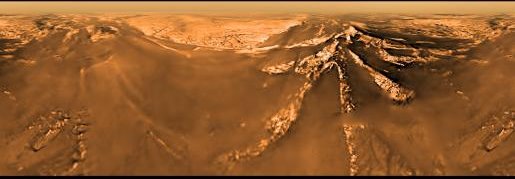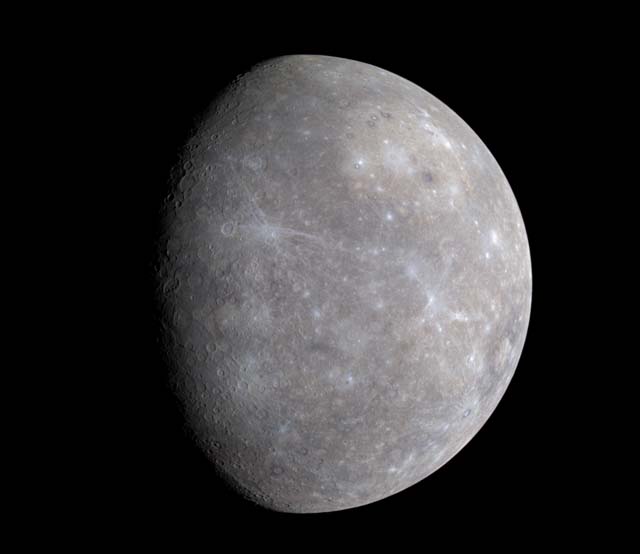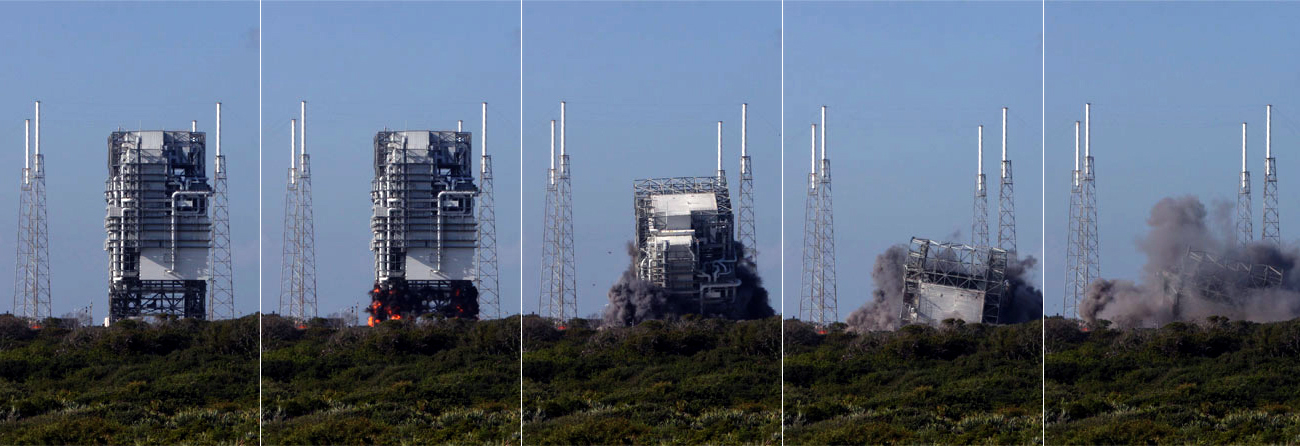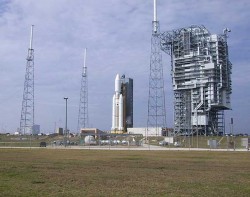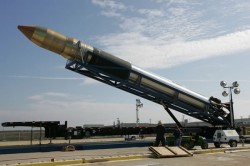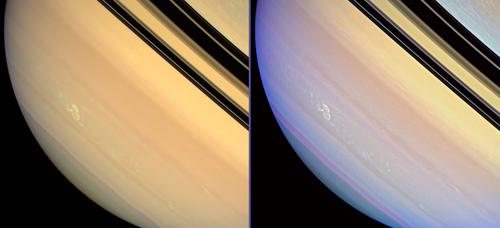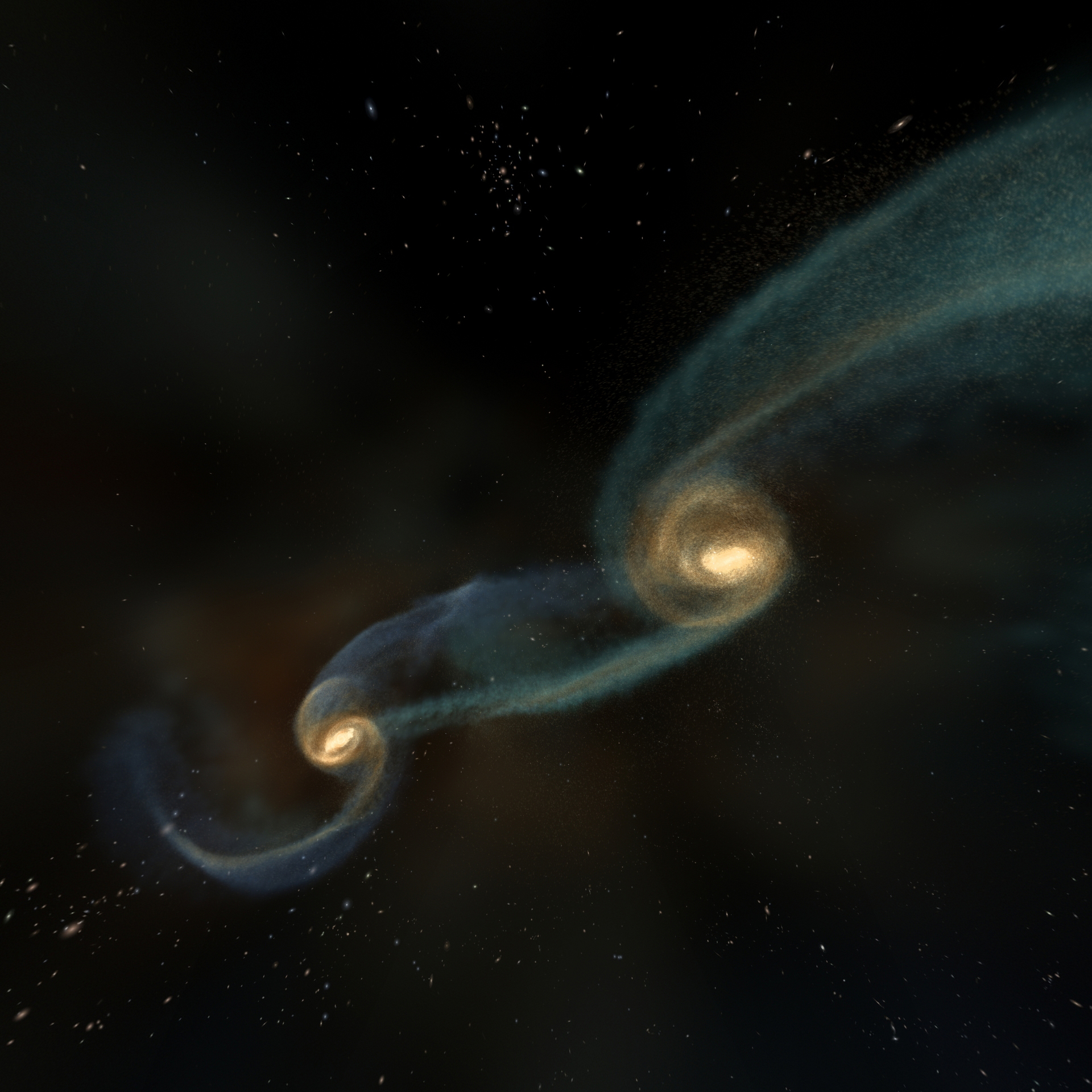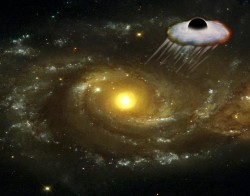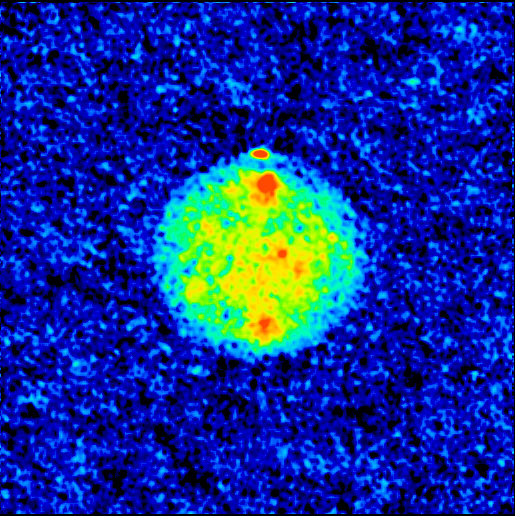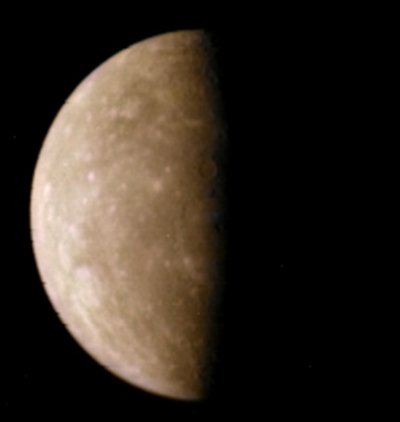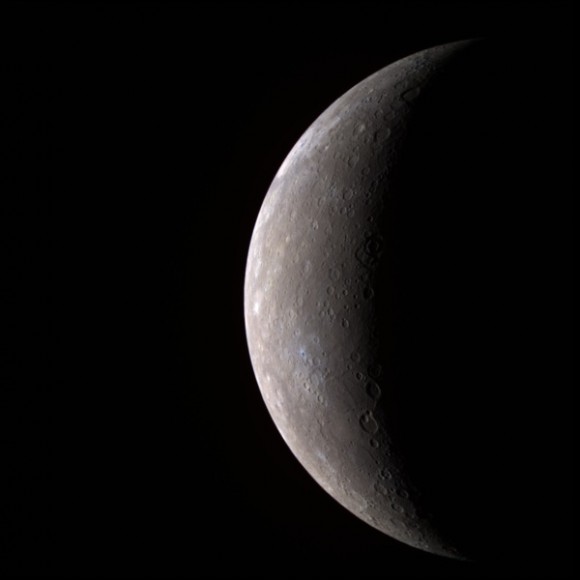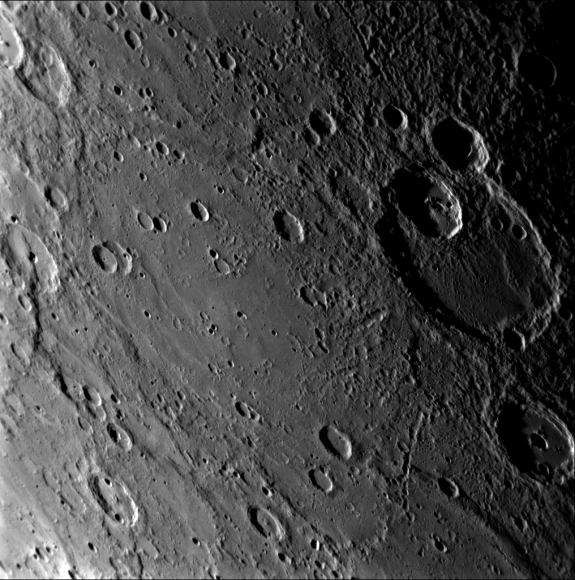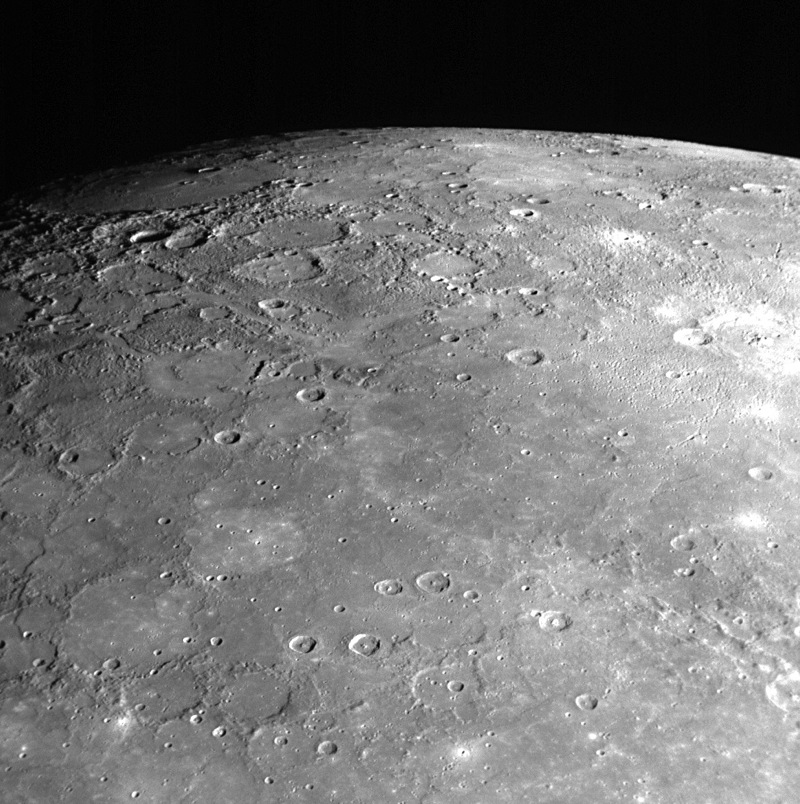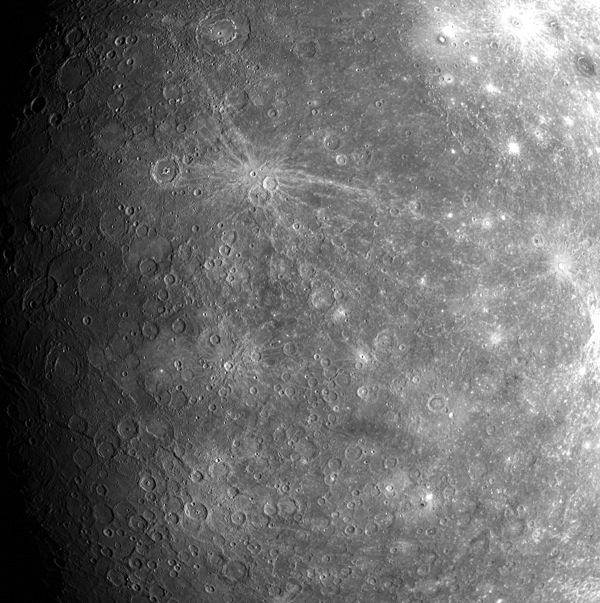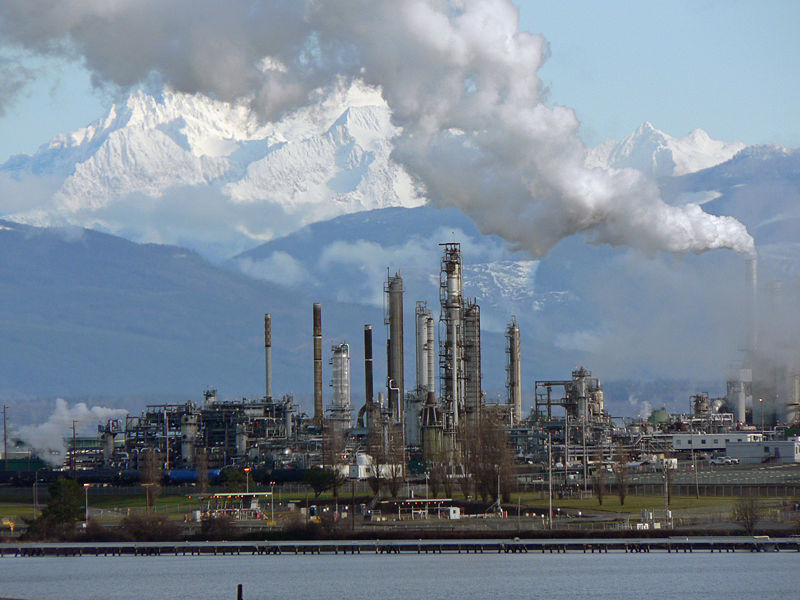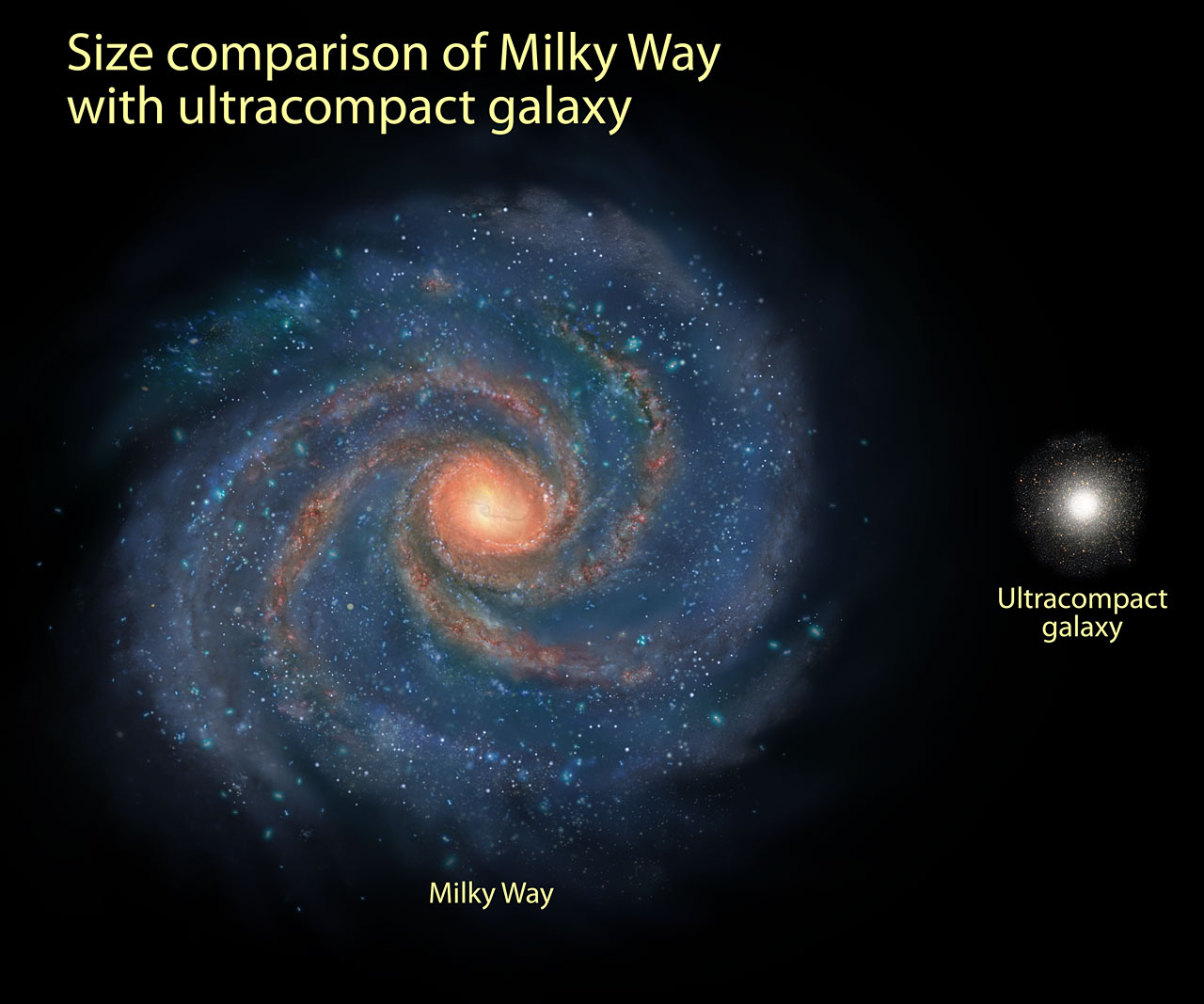The past couple of weeks we’ve had a ‘mystery’ image, and asked our readers to guess what world in our solar system was featured in the image. Most everyone seemed to enjoy it, and it was fairly popular, so we’ve decided to make it a regular feature. I was going to call it the ‘Wednesday Where in the World (and What World) Is This?’ but that’s just too long, not to mention too many W’s in one headline. So to brief it up, and since this is “Universe Today,” we’ve decided to call it “Where In The Universe?” Look for it every Wednesday.
Above is this week’s mystery image. If you keep an eye on the images being released by the various spacecraft traveling our solar system, you may have seen this one before. Remember, you have 8 planets, 169 known moons, a handful of dwarf planets and lots of asteroids in our solar system to choose from. Don’t cheat — make your guess before you click to continue…
This is an image of Saturn’s moon Titan, taken by the Huygen’s probe as it descended through Titan’s thick atmosphere and down to the surface. It’s a Mercator projection, or a flattened image of the curved globe of Titan. Don’t feel bad if you guessed Mars — the coloring and mountains are reminiscent of Mars, or even some areas on Earth. It’s exciting to know that Titan has those similar features, too.
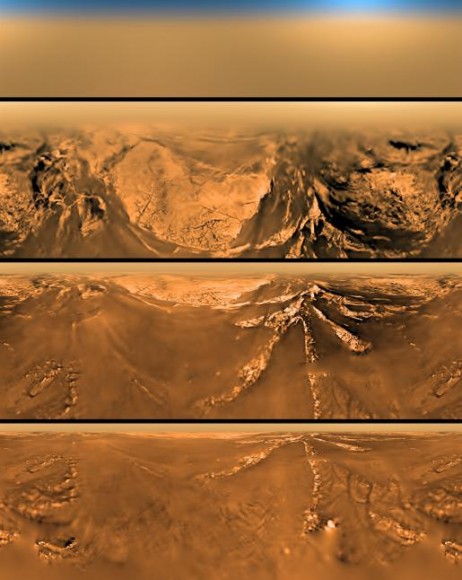
This is a full poster of images taken at four different altitudes from the descent imager/spectral radiometer on the European Space Agency’s Huygens probe, showing aerial views of the landing site. The images were taken on Jan. 14, 2005. Coming up in less than 12 days, Cassini will flyby Titan at a fairly close proximity, at about 1000 km (621 miles) above the surface of this interesting moon. The flyby will be on May 12, 2008.
Original Source: Cassini website

